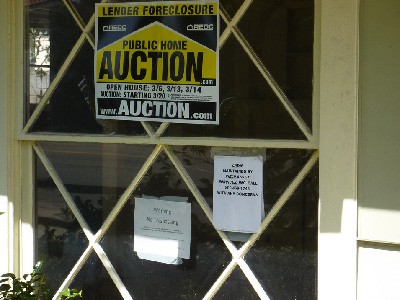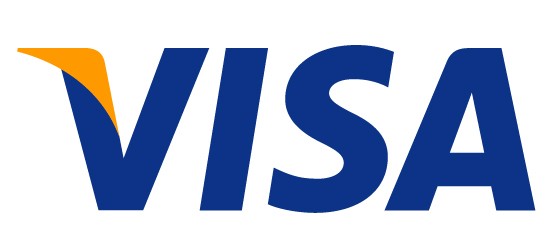If you haven’t caught up with happenings on the financial services beat lately, a handful of recent reports of interest are ripe for localizing with the banks in your region.
First, though, as the shutdown continues you might check in with lenders in your area, as well as title companies and real estate brokers, about the effect of the federal budget impasse on home loans, real estate closings and other mortgage-related matters like home equity lending for remodeling, etc. USA Today reports that a delay in verifying borrowing information, for example, could cause some loans to stumble. How else would a prolonged shutdown affect readers in your area?
Also, if your area is home to many furloughed federal employees, what are area banks and credit unions doing to aid laid-off employees? According to a headline in the industry journal American Banker, “Banks vow to cut breaks for customers affected by shutdown,” some institutions are offering fee waivers, loan forbearance and other aid; CNNMoney also reported on some hardship assistance programs. Even if you don’t have many federal workers in your market, other consumers will be hearing about these programs; why not use the headlines as a peg for a round-up of hardship programs open to anyone?
Now, back to the reports:
TARP.
ProPublica offers some fascinating information in its “Bailout Recipients” databank about what banks borrowed from the Troubled Asset Relief Program — and which ones have yet to pay back those funds. Their database is sortable by state, making it easy to generate numbers for your region. Here’s what the Philadelphia Business Journal did with the information: “Which banks are left in TARP and why?”
CARD Act.
The Consumer Financial Protection Bureau has just released a report on the effects of the 2008 CARD Act on the consumer credit market. The 102-page PDF report is good reading and includes a lot of industry metrics that you can ask local institutions about, such as any changes to their fee structure, how their cardholder agreements are presented and written and other items of consumer interest. The CFPB also lists areas of ongoing concern, such as add-on products — again, a topic ripe for a review of local offerings. How do the products offered by local banks and credit unions stack up?
Fee Revenue. Since the financial crash, it’s no secret that banks increasingly have depended on transaction-related and fee revenue to make up market and lending losses. According to PYMNTS.com, an industry publication (and one worth perusing for other story nuggets) such fee revenue will top $1.1 trillion by 2022 . The article cited a new report by the Boston Consulting Group which you can download by registering free of charge; as you can see by the report summary, the industry mentality is that “winners” will be those who “maintain leadership positions” in the execution of payment- and transaction-based revenue. In other words, banks aren’t about to stop looking for ways to charge a la cart fees for services and for consumer mis-steps. Great food for discussion with local banking executives.
FDIC Deposit Summaries.
The FDIC has released its annual Summary of Deposits which shows what banks were holding as of June 30; it’s an easy-to-use database you can sort by state or ZIP code; just run the report for the previous years (or for five years ago, perhaps) to get comparative figures if you want to do a take on gainers and losers in your market. Here’s an industry overview by SNL Financial, based on the FDIC figures, that says the number of bank branches slumped again, while deposits gained. (If bank branches are slumping why is there a new one being constructed on every corner in my suburban area? You might want to look into bank/financial services real estate trends as an adjunct to this story.) And here’s a neat analysis by ZIP code from the Albuquerque Business Journal.











